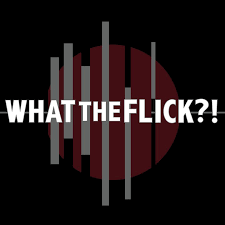Nearly three years ago the social media giant Facebook sealed the deal on a $2 billion buyout of the virtual reality company Oculus. Many people are still unsure why exactly they’d want to buy into such an industry. Although this sort of thing happens a lot within Silicon Valley and the tech industry in general. Since then strides have been made in making VR a more consumer facing product, rather than just an expensive way to look around various world-like environments.
Time at Facebook
Recently, an engineer at Facebook devised a new unit of measurement for time which seems to solve a problem they were potentially facing with frame rates. Frame rates refer to the number of frames, or still images that are shown on a screen of some description within one second, which then produces a video.
It’s unclear what else it might go onto be used for, but it’s an interesting concept nonetheless that I’m sure Facebook are keen to roll out to other things. A ‘Flick’ (or a frame-tick) is a unit of time that is larger than a nanosecond, but smaller than a second. Facebook has documented that one Flick equates to 1/705600000 of a second. Compare this to nanoseconds, 0.000000001 seconds is 1 nanoseconds. So we’re talking about an incredibly short space of time.

Applications for Flicks
So what can it actually be used for? Well it could have a few use cases, but it will depend on how the project progresses in the coming years as it’s still very much in it’s early stages of development right now. On GitHub though – an online service where developers can collaborate on and store code for software – the project description for Flicks is stated as;
[…] it is common to run simulations or other time-integrating processes which subdivide a single frame of time into a fixed, integer number of subdivisions. It is handy to be able to accumulate these subdivisions to create exact 1-frame and 1-second intervals […]
– OculusVR on GitHub
Flicks Compared to Seconds
This means that by using Flicks, it’s possible to more accurately represent time when comparing it to a frame in a video to allow for better synchronisation between picture and sound. The actual definition of how many Flicks per frames is listed in the repository which gives you an idea of how it lines up with different frame rates. For example, a standard video game nowadays runs at 60 fps (frames per second) which equates to 11760000 Flicks. However, not too long ago video games were developed to run at 30 fps, which equals 23520000 flicks.

